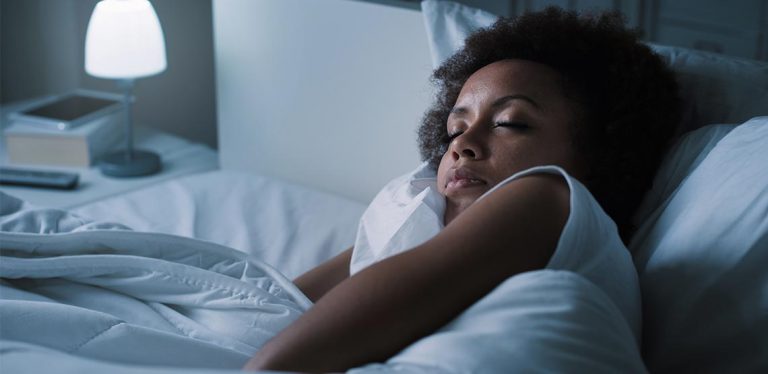Get Rid of Distractions
In this article, we’ll discuss what white noise is (and isn’t), the uses of white noise in common scenarios, and who can benefit from white-noise generators.
White noise is a fairly complex topic that involves algebraic algorithms in its deepest applications, of which there are many, particularly in music and sound engineering. However, no matter where white noise is being used, its main purpose, in theory, is to reduce or mask out noises that fall outside the frequency spectrum of white noise.
What Exactly Is “White Noise?”
A simple fan, for example, is considered the original white noise. The soft, continuous (key word being continuous, as in uninterrupted, as far as white noise goes) whir of the fan blades can reduce perceived sound from other sources, such as traffic or neighbors. You might imagine white noise as 1,000 simultaneous, similar noises, and your brain can’t differentiate the different sounds because it all becomes one.
You May Also Like:
Related Search Topics (Ads)
When you add an outside noise to the broad spectrum of noises, your brain simply doesn’t pick out the additional noise. The white noise isn’t necessarily blocking the other noises, but the outside noises get lost in the spectrum.
That’s a simplification of what white noise is and does, but it’s the easiest way of explaining why many people fall asleep with a fan running. Technically, white noise is used to describe a combination of all audible frequency ranges. The reason a fan is considered the original white noise is because of all the various frequencies being emitted by a running fan.
Consider it this way: the human ear detects frequencies between 20 Hz and 20,000 Hz. So, let’s say a CPU cooling fan blade spins at 32 RPS (revolutions per second), and a CPU fan typically has
7 blades. We would do 7 * 32 to get a constant sound frequency of 224 Hz. Depending on the proximity to the listener, this constant 224 Hz frequency should mask out sounds in a lower frequency range.
Now, scientific explanations aside, white noise in mainstream use has been used to describe nearly any soothing, relaxing, continuous sound. You can even get white noise devices that generate ocean and waterfall noises.
When White Noise Isn’t White Noise
Very rarely do these generators, particularly for sleep aids, actually produce real, raw white noise, because actual white noise would be far too harsh to fall asleep to. However, the mainstream manufacturers of these devices have lumped these various “relaxing” sounds into the white noise category. It gets far too complex for the consumer otherwise.
It has become a catch-all term for any type of continuous noise people might find soothing, from sounds of nature to the steady hum of an air conditioner. But there’s a broad spectrum of noise color, so despite many sleep aids being sold as “white noise generators” it’s typically a pink or brown noise they rely on.
This gets complex, but a simple explanation is that pink noise is more rhythmic and sporadic, like the sound of rain falling, whereas brown noise is more deep and bassy, like the sound of thunder, or waves tumbling over each other. These sounds may be included in white noise generators, or even referred to as white noise, but they aren’t.
The Soothing Sounds of White Noise
The reason many people find white noise soothing, particularly those who fall asleep with it in the background, is because our hearing is the only sense that operates during our sleep. This is a survival instinct; we’re hard-wired to wake up at the sound of potential danger. Of course, we can’t exactly differentiate between random sounds and actual danger during our sleep.
Neighbors talking outside or traffic could wake us up even though it’s not a threat.
When we use a white noise generator, these outside noises are drowned out. As we mentioned earlier, the outside noises aren’t entirely blocked out, but they get scrambled in the spectrum of noise being generated. Therefore we’re able to achieve a better sleep cycle. You can track the difference in your sleep cycle using a Fitbit to see how effective the white noise machine is for you.
For example, imagine lighting a candle in a dark room versus in an already brightly lit room. In the dark room, the candle would be the sole source of light, but in an already bright room, the brightness emanating from the candle adds virtually nothing to the already bright room. The same logic applies to white noise.
So when you’re sleeping, having a white noise generator just helps you achieve a deeper, longer sleep cycle by preventing you from being woken up by sudden noises.

